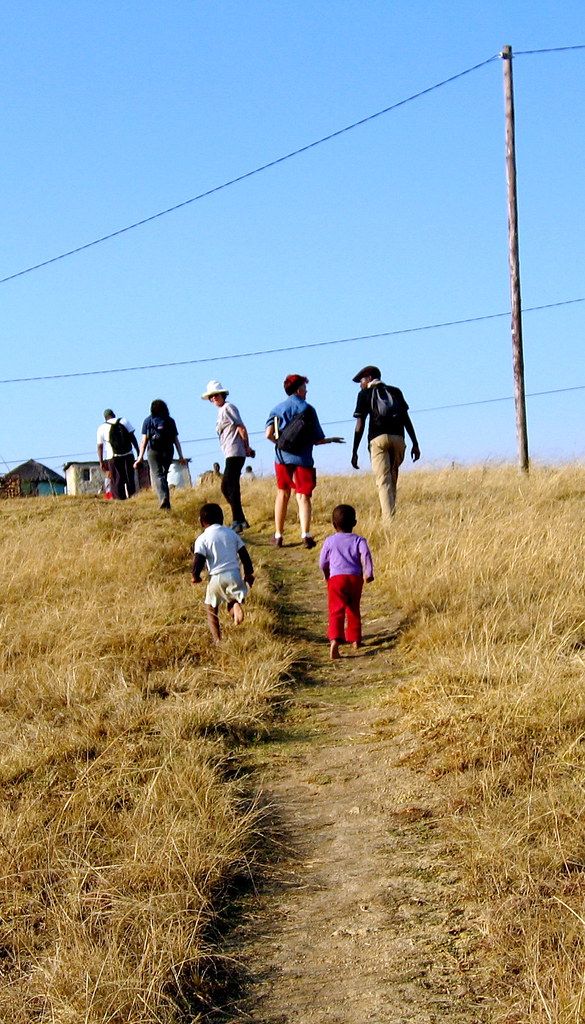
"The Mind at 3 Miles an Hour"
Where are you walking? And with whom?
Wanderlust, by Rebecca Solnit, has had more impact in my life than any single book I've read. It actually changed my life, in a wandering kind of way. It inspired a multi-year theatre project that, ironically, led to my interest in learning about technology for mapping and storytelling, which sent me back to grad school, which led to me founding a couple of tech startups. Which led to Sticky Lab.
Ironically, because as Solnit writes, “I suspect that the mind, like the feet, works at about three miles an hour. If this is so, then modern life is moving faster than the speed of thought, or thoughtfulness.”
Modern life moves fast, often in thoughtless ways, mostly as a result of how we've adopted modern technology. Wanderlust implies that we lose possibility when we live in a world of interiors, enabled by speedy technology, focused on speedy growth, rather than walking through the world, engaged and sometimes finding what we didn't know we were looking for.
In her chapter The Mind at 3 Miles an Hour, Solnit discusses European philosophers whose walks may have lubricated the ideas that shaped western culture. "Walking shares with making and working that crucial element of engagement of the body and the mind with the world."
She goes on to discuss the disconnection of our bodies from the world we live in, concluding: "If there is a history of walking, then it too has come to a place where the road falls off, a place where there is no public space and the landscape is being paved over, where leisure is shrinking and being crushed under the anxiety to produce, where bodies are not in the world but indoors in cars and buildings, and an apotheosis of speed makes those bodies seem anachronistic or feeble."
A reality which has been brilliantly illuminated during a year of pandemic, is how unavoidably connected our bodies are to communities, to our work, to other people. Being among people in these interior landscapes became dangerous. And yet, to be safe, we've become even more entrenched in our tech-assisted interiors.
The flip side is that many people have spent more time outside walking, as a safe way to be out in the world and with others. Or to escape from others, as the case may be.
Walking bring back the possibilities of wandering, with its potential for new discoveries and opportunities.
"The imagination has both shaped and been shaped by the spaces it passes through on two feet. Walking has created paths, roads, trade routes; generated maps, guidebooks, gear, and, further afield, a vast library of walking stories and poems, of pilgrimages, mountaineering expeditions, meanders, and summer picnics."

Further readings










